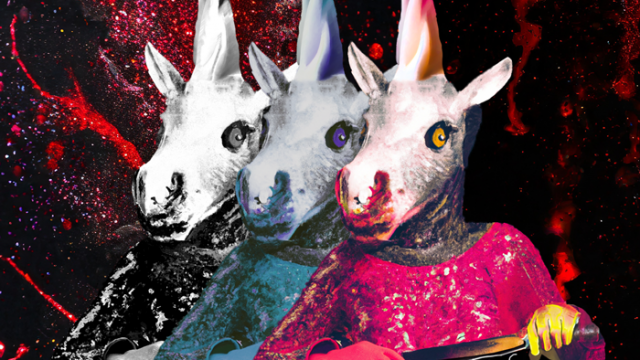
Queer/ing Horror: Video Essays at the Intersection of Horror and Queerness
I guest edited an all video essay special issue of MONSTRUM about the intersection of queer/ness and horror featuring work by Felicia Cosey, Alex Hall, Max Ranieri, Heather O. Petrocelli and May Santiago, Ada Rosen, Julia Erhart and Susan Bruce, Darren Elliott-Smith, Lucy Fife Donaldson, and Alison Peirse. Each video essay is accompanied by a Creator’s Statement, and peer reviewed comments are excerpted in the issue Introduction.
Thanks to Mikaela Bobiy, Joel Burges, Mario DeGiglio-Bellemare, Will Dodson, Michael J. Faris, Anne Golden, Laura Horak, Caél M. Keegan, Nina K. Martin, Catarina Nirta, Kate Robertson, Alanna Thain, Laura Westengard, Annaëlle Winand, and Kristopher Woofter for their insightful peer reviews, and to MONSTRUM’s Editorial team for getting this special issue out into the world.
The prompt for the issue is Sara Ahmed’s “queer use as reuse” (198), which she discusses in What’s the Use? (2019). She posits, “If I have considered queer use as how we dismantle a world that has been built to accommodate some, we can also think of queer use as a building project” (219-221). Here she highlights the potentiality of queer use, emphasizing its capacity to deconstruct a world full of biased systems, and facilitate creative and productive practices. In this special issue of MONSTRUM, contributors are asked, How might we consider “queer use as reuse” (198) in videographic criticism of queer horror? What interventions, analysis, and critique might we manifest if we look at the form of the video essay in relationship to queer/horror media objects? Ahmed writes, “Queer use can also be about not ingesting something; spitting it out; putting it about. If queer use is not ingesting something, not taking it in, queer use can also be about how you attend to something” (207-8).
Monstrum 7.2 is a special issue entirely comprised of video essays that “attend to” the intersections of horror and queerness and features video essays that take up, speak to, or relate Ahmed’s notion of queer use in relation to horror. How does horror be/come in the process of queering or through its queer re/use? How/does horror lie within queerness itself? How do queers and queerness encounter and contend with horror? What might queer reuse of queerness look like through a horror lens? What are queer re-telling and reviewing practices of horror?
I hope you enjoy this rich issue!